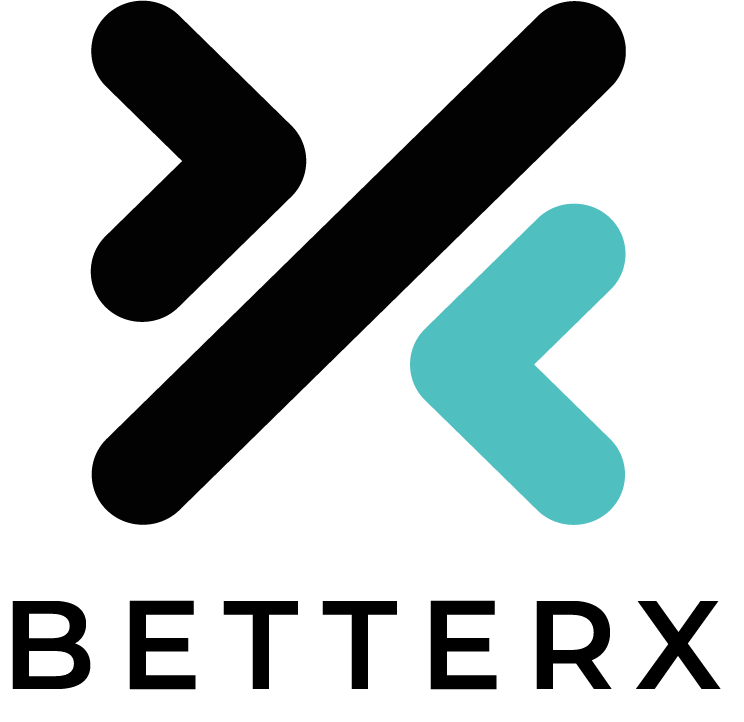Securitisation And Real-World Asset Tokenisation
In an increasingly digital world, traditional financial systems are undergoing a revolution. This economic transformation is driven by securitisation and real world asset tokenisation, which offer innovative solutions for asset management, investment, and liquidity. Let's delve into these concepts to understand their significance and implications.
What is Securitisation?
Securitisation is a financial practice that involves bundling various financial assets, such as mortgages, auto loans, or credit card debt, into a single security. These securities are then sold to investors, converting future cash flows into tradeable financial instruments. By doing so, securitisation helps entities free up capital and manage risk while investors gain exposure to diversified asset portfolios. For example, mortgage-backed securities are one of the most common types of securitisation, where investors receive payments from the homeowners' mortgage payments.
Real World Asset Tokenisation
In the digital age, real-world asset tokenisation takes securitisation further by leveraging blockchain technology and smart contracts. This process involves converting physical or illiquid assets into digital assets that can be bought, sold, and traded on blockchain-based platforms. This tokenisation opens up opportunities for various asset classes, including luxury watches, private credit, real estate, art, commodities, and more. These tokens are secure and immutable, providing investors with liquidity and asset ownership without the hassle of traditional paper contracts. Tokenisation also eliminates the need for costly intermediaries, making asset trading more efficient and cost-effective.
Key Advantages
1. Liquidity and Accessibility: Tokenisation allows assets that were previously illiquid, like real estate or rare art, to become easily tradable. This increased liquidity can attract a broader range of investors and facilitate rapid transactions. For instance, a tokenisation of luxury watches can be traded on the blockchain, allowing investors to purchase a fraction of it instead of the whole property.
2. Fractional Ownership: Asset tokenisation enables fractional ownership, making it easier for individuals to invest in high-value assets. This democratises investment opportunities and diversifies portfolios. Fractional ownership also allows investors to gain access to assets that were previously inaccessible. This can reduce risk by spreading out investment across multiple purchases. Additionally, fractional ownership can help to create liquidity in illiquid assets.
3. Transparency and Security: Blockchain technology ensures transparency and security. All transactions are recorded on a decentralised ledger, reducing fraud and enhancing participant trust. The decentralised ledger is accessible to all participants, allowing them to view all transactions in real-time. Additionally, blockchain technology is resistant to cyber-attacks, making it a secure platform for conducting business. For instance, blockchain technology is used to ensure the security of digital payments, as blockchain transactions cannot be reversed or changed.
4. Automation: Smart contracts embedded in tokens automate various processes, such as dividend distributions and compliance with regulations, reducing administrative overhead. Smart contracts can also be used to automate the tracking of transactions, providing greater transparency and accountability. Additionally, they can be used to securely store information, reducing the risk of data breaches.
5. Global Access: Asset tokenisation transcends geographical boundaries, allowing investors from around the world to participate in markets that were previously out of reach. This will enable investors to diversify their investments and access asset classes that may not be available in their local market. Additionally, asset tokenisation allows for more cost-effective and efficient trading of assets, making it easier for investors to access global investment opportunities.
Use Cases
Luxury Watches: Tokenising luxury watches increases market accessibility and simplifies buying and selling rare and valuable items.
Private credit: Tokenising private credit makes it easier for individuals to invest in prime investments, issuers with web 3.0 tools to manage the loans, while providing borrowers with alternative financing options.
Private Debt: Issuers can raise funds by tokenising private debt, and investors can trade their stakes easier.
Commodities: Tokenising commodities such as gold or oil can make it easier for investors to participate in these markets.
Conclusion
Securitisation and real world asset tokenisation are reshaping the financial landscape, offering benefits beyond traditional asset management. These technologies promote inclusivity, transparency, and efficiency while opening up new investment opportunities for a broader range of investors. As the world continues to evolve digitally, embracing these innovative concepts can unlock new possibilities and redefine the financial industry. Stay tuned with BetterX to stay updated about the latest trends.
Register to BetterX today to buy Bitcoin and other popular cryptocurrencies.

